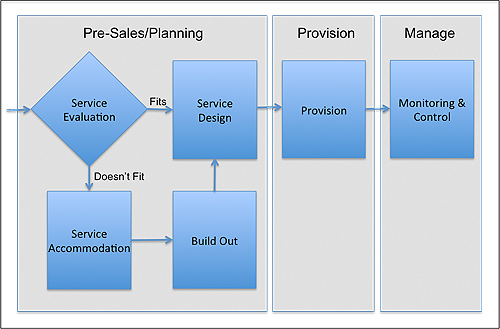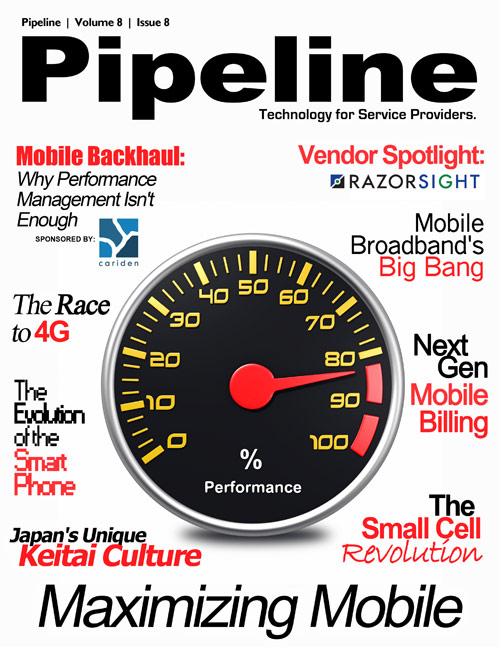The Challenge of Gaining Control
To address these needs and compete effectively, network operators need help. Many are looking to traditional performance management vendors to give them the necessary visibility into their network infrastructure but they are not finding the complete answer. These solutions, when they work well, show you what is happening on the network in terms of traffic on each interface and may help you identify trends to predict when capacity has to be upgraded. But the mobile backhaul business has some distinct characteristics that reduce the value of this approach.
- New demands are asynchronous: An LTE connection should offer downlink speeds of at least 100Mbps and uplinks at 50MBps. However, the difference between the theoretical maximum and what can actually be delivered is often large. These new demands emanating from the RAN network will increase the demand on existing circuits and existing network nodes. Being able to control the route traffic takes via engineered paths, metric manipulation and QoS policy management is key to understanding and controlling your service.
- Planning/upgrading can take time. Laying new fiber or adding new equipment to the tower can take time for all the necessary approvals. Demands need to be forecast and accommodated on the network despite delays caused by bureaucracy. Sometimes new flows need to be accommodated without the ability to add new capacity, and that means understanding what traffic flows where and how rerouting flows may impact SLAs.
- Customer demands mean downtime and congestion are not acceptable. A backhaul provider has to manage their network proactively, understanding how the network will behave when equipment is down for maintenance or because of faults and ensuring the network design caters to maintain SLAs during such periods. Competitive backhaul providers understand which customer flows will be impacted when they take certain pieces of the network out of commission, what that impact will be and how, if necessary, that impact can be mitigated.
The Solution
Carrier Ethernet services are well suited to providing the low cost, high capacity transport that mobile operators are looking for, but the necessary service guarantees, especially for jitter and latency bounds, are far more stringent than have historically been offered. In order to build and deliver competitive services for mobile backhaul, successful network operators are streamlining and automating their design, provisioning and management processes in ways that reduce cost of operations and enable them to meet the SLA requirements.
Mobile Backhaul Service Process

Figure 2: Service Admission and Control Process for Mobile Backhaul Services








